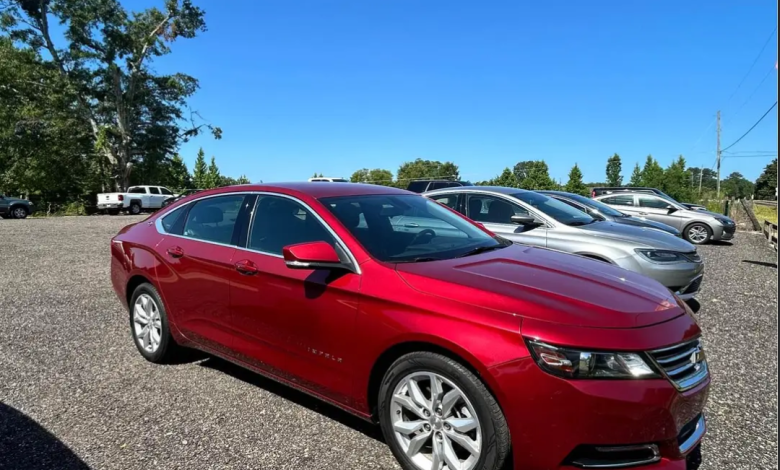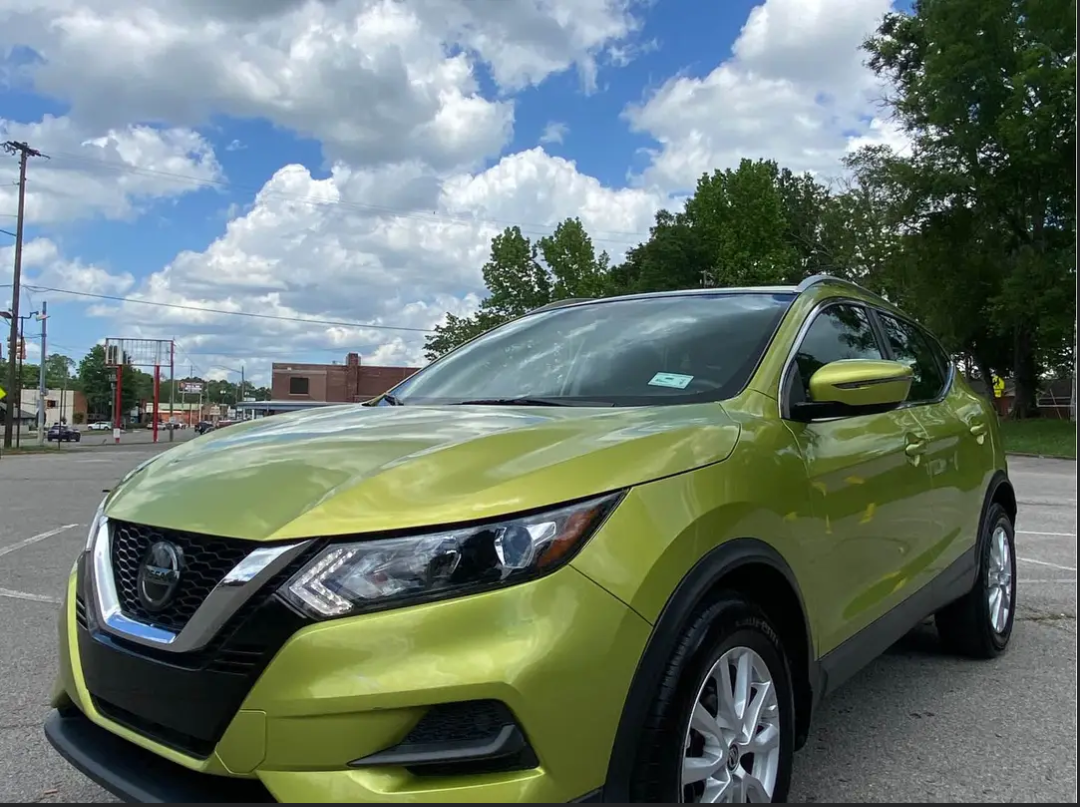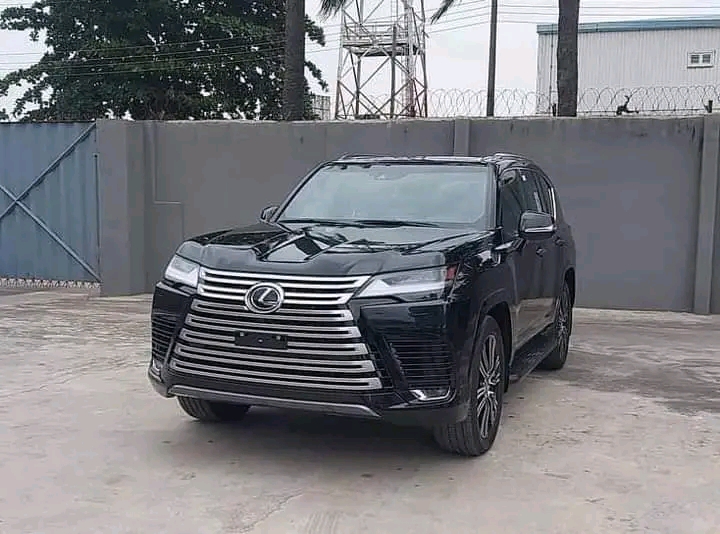Comprehensive Guide to Motorcycle Insurance: Everything You Need to Know

Understanding Motorcycle Insurance
Motorcycle insurance is a crucial financial safety net for riders, providing protection against potential accidents, theft, and liability. Whether you’re a seasoned rider or new to motorcycles, understanding the basics of motorcycle insurance can help you choose the right coverage for your needs.
Types of Motorcycle Insurance Coverage
- Liability Coverage: This covers bodily injury and property damage that you may cause to others in an accident. It’s usually mandatory in most states and helps protect your assets in case of a lawsuit.
- Collision Coverage: Covers damage to your motorcycle caused by a collision with another vehicle or object, regardless of fault.
- Comprehensive Coverage: Protects your motorcycle from non-collision incidents such as theft, vandalism, fire, or natural disasters.
- Uninsured/Underinsured Motorist Coverage: Covers your medical expenses if you’re injured in an accident caused by a driver who doesn’t have insurance or sufficient coverage.
Factors Affecting Motorcycle Insurance Rates
Several factors influence motorcycle insurance premiums:
- Age and Experience: Younger and less experienced riders typically pay higher premiums.
- Type of Motorcycle: High-performance bikes or models prone to theft may incur higher premiums.
- Location: Rates vary based on where you live and ride, including urban versus rural areas.
- Driving Record: A clean driving record lowers premiums, while accidents and tickets may increase costs.
Benefits of Motorcycle Insurance
- Financial Protection: Covers repair costs or replacement of your motorcycle in case of damage or theft.
- Medical Coverage: Provides coverage for medical expenses resulting from an accident.
- Legal Protection: Protects you from legal liabilities if you cause injury or property damage to others.
Tips for Choosing Motorcycle Insurance
- Evaluate Coverage Needs: Assess your riding habits, risk tolerance, and financial situation to determine the right coverage types and limits.
- Compare Quotes: Get quotes from multiple insurers to find competitive rates and coverage options tailored to your needs.
- Review Policy Details: Understand exclusions, deductibles, and additional benefits offered by each policy before making a decision.
Types of Motorcycles and How They Impact Insurance
Understanding Motorcycle Types and Insurance Needs
Motorcycles come in various types, each designed for different riding styles and preferences. When selecting motorcycle insurance, understanding these types can help you choose the right coverage that suits your bike and riding habits.
1. Standard Motorcycles
Standard motorcycles, also known as naked bikes, are versatile and typically used for daily commuting and recreational riding. They feature a straightforward design without fairings or excessive accessories, making them affordable to insure compared to other types.
- Insurance Considerations: Standard motorcycles generally have lower insurance premiums due to their moderate performance and lower risk of theft or damage.
2. Cruiser Motorcycles
Cruiser motorcycles are characterized by their laid-back riding position, low seat height, and classic styling. Popular among riders who enjoy long-distance touring or relaxed cruising, cruisers often have larger engines and higher weight.
- Insurance Considerations: Insurance rates for cruisers can vary based on engine size, customization, and theft susceptibility. Comprehensive coverage may be recommended for higher-end models.
3. Sport Bikes
Sport bikes are designed for high performance, agility, and speed, featuring aerodynamic fairings, powerful engines, and aggressive riding positions. They are favored by enthusiasts for track racing and spirited riding on paved roads.
- Insurance Considerations: Sport bikes typically have higher insurance premiums due to their increased risk of accidents and theft. Collision and comprehensive coverage are essential to protect against damage and theft.
4. Touring Motorcycles
Touring motorcycles are built for long-distance travel, emphasizing comfort, storage capacity, and rider/passenger amenities. These bikes often feature larger engines, advanced electronics, and enhanced wind protection.
- Insurance Considerations: Due to their size and specialized features, touring motorcycles may have higher insurance costs. Comprehensive coverage is crucial for protecting expensive touring accessories and equipment.
5. Dual-Sport and Adventure Motorcycles
Dual-sport and adventure motorcycles are versatile machines designed for both on-road and off-road riding. They feature rugged construction, long-travel suspension, and dual-purpose tires, making them suitable for varied terrain.
- Insurance Considerations: Insurance premiums for dual-sport and adventure bikes can vary based on usage patterns and modifications. Off-road coverage options may be available to protect against trail-related incidents.
Factors Affecting Motorcycle Insurance Rates
- Engine Size: Larger engines typically result in higher insurance premiums due to increased performance capabilities.
- Safety Features: Bikes equipped with anti-theft devices, ABS brakes, and advanced safety technologies may qualify for discounts.
- Rider Experience: Experienced riders with a clean driving record often receive lower insurance rates compared to novice riders.
Standard Motorcycles: Insurance Essentials and Considerations
Understanding Standard Motorcycles
Standard motorcycles, also known as naked bikes, are versatile machines appreciated for their simplicity, reliability, and affordability. Whether used for daily commuting, weekend rides, or urban exploration, standard motorcycles offer a balance of performance and comfort that appeals to a wide range of riders.
Features of Standard Motorcycles
- Simplified Design: Standard motorcycles typically feature a straightforward design without elaborate fairings or excessive accessories, emphasizing practicality and ease of maintenance.
- Comfortable Riding Position: With a more upright seating position compared to sport bikes, standard motorcycles offer greater comfort for longer rides and urban maneuverability.
- Moderate Performance: Engine sizes vary but generally range from 250cc to 1000cc, providing sufficient power for everyday use without the extreme acceleration of sport bikes.
Insurance Considerations for Standard Motorcycles
When insuring a standard motorcycle, several factors impact insurance premiums and coverage options:
- Lower Insurance Costs: Due to their moderate performance and lower risk of theft or damage compared to sport bikes or cruisers, standard motorcycles typically have more affordable insurance premiums.
- Coverage Options: Comprehensive insurance coverage is recommended to protect against theft, vandalism, fire, and other non-collision incidents. Liability and collision coverage should also be considered to cover damages to others and your bike in case of an accident.
- Rider Profile: Insurance rates may vary based on factors such as your age, riding experience, location, and driving record. Experienced riders with a clean record generally qualify for lower premiums.
Choosing the Right Insurance Coverage
- Liability Coverage: Protects you financially if you’re at fault in an accident that causes injury or property damage to others.
- Collision Coverage: Covers repair or replacement costs for your motorcycle in case of an accident, regardless of fault.
- Comprehensive Coverage: Provides coverage for theft, vandalism, fire, and natural disasters that could damage your motorcycle.
Tips for Lowering Insurance Premiums
- Maintain a Clean Riding Record: Safe riding habits and a history free of accidents and traffic violations can help lower insurance costs.
- Bundle Policies: Some insurers offer discounts if you bundle motorcycle insurance with other policies such as auto or home insurance.
- Install Anti-Theft Devices: Adding security features such as alarms or immobilizers may qualify you for discounts on comprehensive coverage.
Conclusion
Motorcycle insurance is essential for protecting yourself, your bike, and your financial well-being in case of unforeseen events. By understanding the types of coverage available and factors that affect premiums, you can make informed decisions to safeguard your riding experience.
Call to Action
Ready to secure reliable motorcycle insurance? Explore comprehensive coverage options and get personalized quotes from reputable insurers today. Ensure your peace of mind on the road with insurance that meets your needs and provides the protection you deserve.









